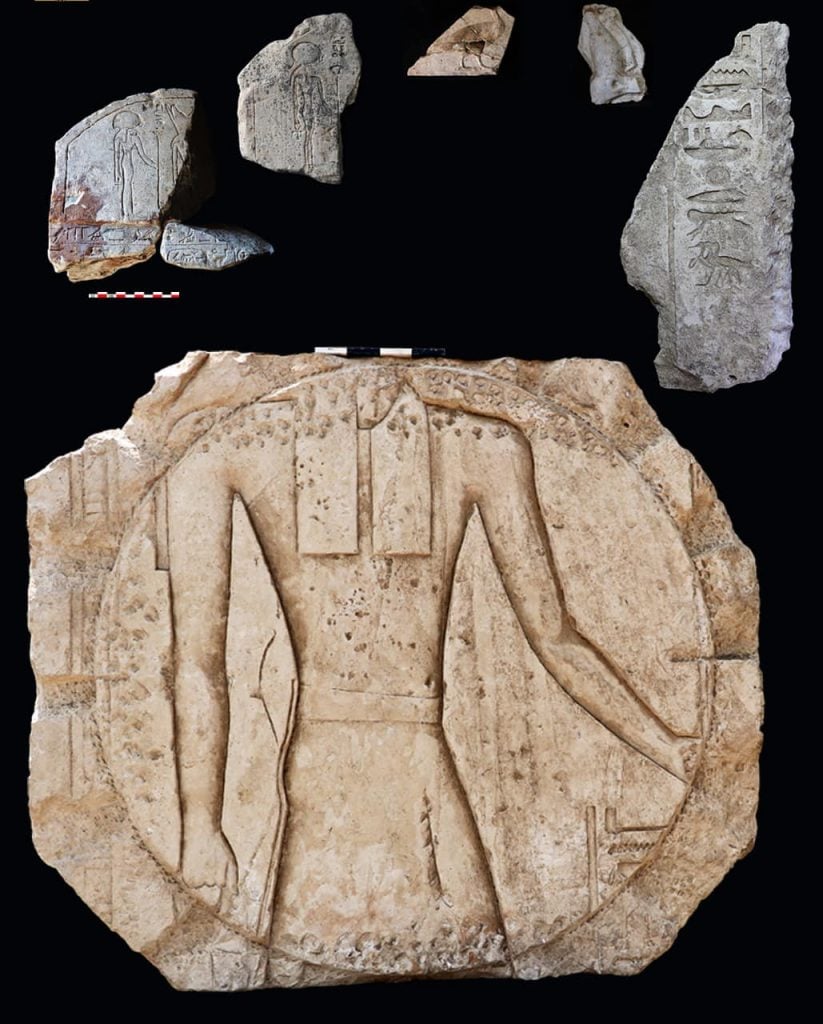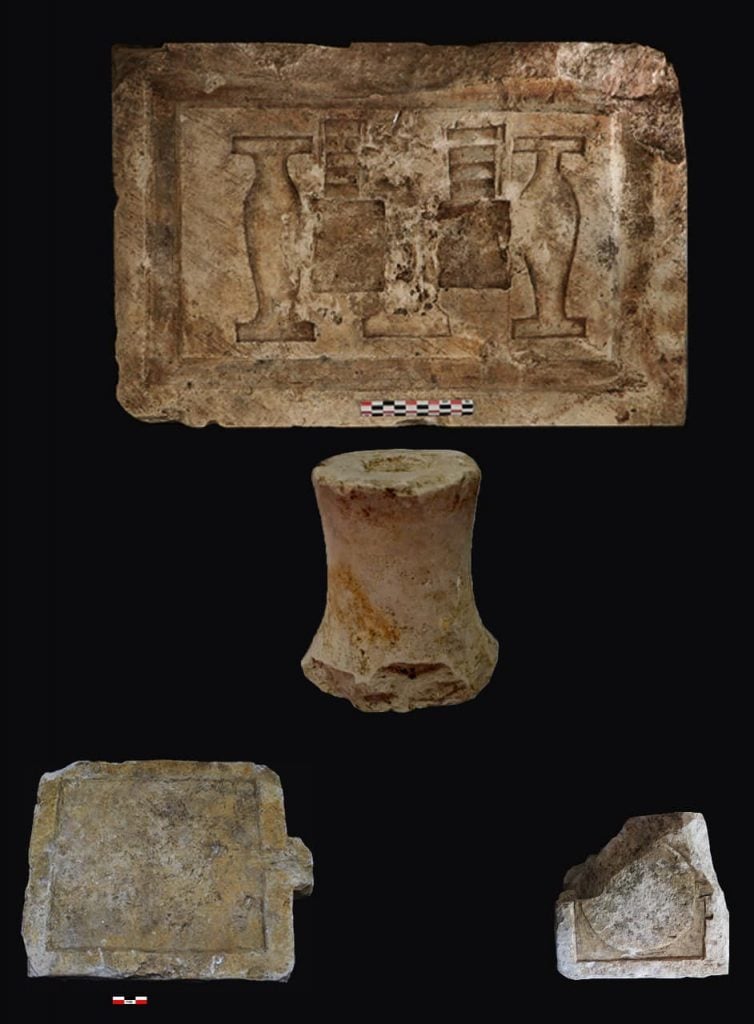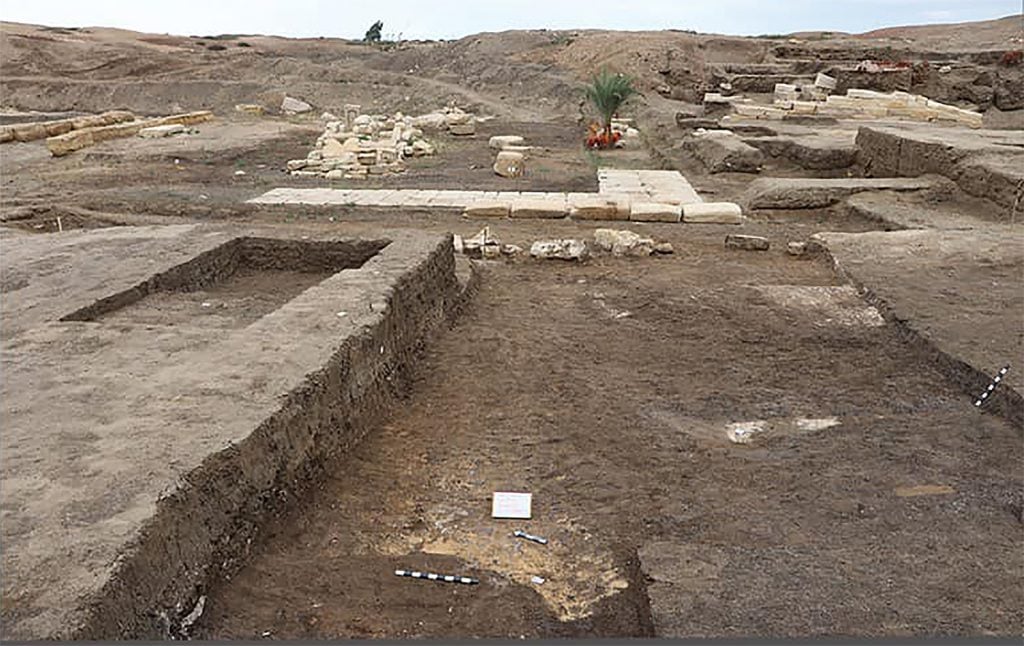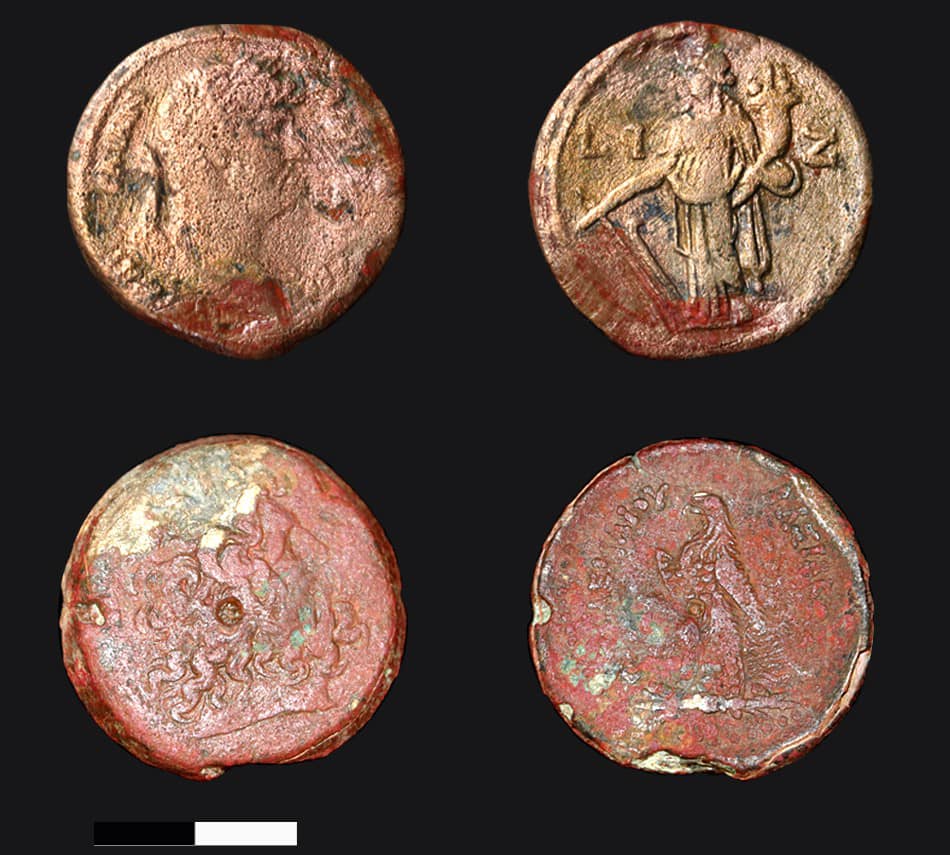Archaeology & History
Discovery of Massive Ancient Egyptian Observatory Shines Light on Astronomical History
The building dates to the 6th century B.C.E.

The study of celestial objects ran throughout ancient Egyptian culture. Religious events were fixed by the movements of the sun and moon, star charts were carved into the lids of tombs, and the pyramids were aligned to face the pole star. The observations of ancient astronomers have been sizable enough to fill an entire volume, known as The Book of Nut, a collection of era-spanning writings that detail how Egyptians wove together natural science and mythology.
The latest discovery in the city of Kafr El-Shaikh is bound to grow our understanding of ancient Egyptian astronomy. In the Buto temple at the Tell El Fara’in archaeological site, researchers have unearthed the remains of a massive astronomical observatory from the 6th century B.C.E. According to a press statement from the Egyptian Ministry of Tourism and Antiquities, the ruins represent “the first and largest” building of the sort ever found.

The excavation site. Photo courtesy of the Egyptian Ministry of Tourism and Antiquities.
Measuring about 850 square meters, the observatory was constructed out of milk bricks and opens onto a hall of central columns in an L shape, fronted by an inward-leaning brick wall that is common to temple entrances. The building is divided into several chambers, including a small stone room, a storage area for tools, and a circular hall whose walls were painted with scenery. Its side entrance faces east, toward the sunrise.

Artifacts discovered at the site. Photo courtesy of the Egyptian Ministry of Tourism and Antiquities.
More intriguing were the artifacts found on the site—notably a slanted stone sundial, antiquity’s most notable timekeeping device, also known as a shadow clock. Made of five levels of limestone blocks with 15-feet-long limestone tiles, the structure is believed to monitor and measure the sun’s course with its sloping lines.

The excavation site. Photo courtesy of the Egyptian Ministry of Tourism and Antiquities.
In the middle of the big hall, archaeologists found a stone platform, engraved with astronomical studies of sunrise and sunset over three seasons of the year. The celestial body was observed through the temple’s eastern and western gates, with signs denoting time and astronomy. Statues of deities including Venus and Osiris, altar tables, measuring tools, and various vessels used in religious ceremonies were also discovered.

Artifacts discovered at the site. Photo courtesy of the Egyptian Ministry of Tourism and Antiquities.
In the ministry’s statement, Mohamed Ismail Khaled, secretary-general of the Supreme Council of Antiquities, noted that the find highlights the role of astronomy in ancient Egypt to “determine the solar calendar, the dates of religious and official rites, and the agricultural year.”
Despite the simple tools at hand, ancient Egyptians displayed a “prowess and skill in astronomy,” he said. The discovery of the observatory, he added, will go toward “enhancing our understanding of the scientific and astronomical evolution of ancient times.”





